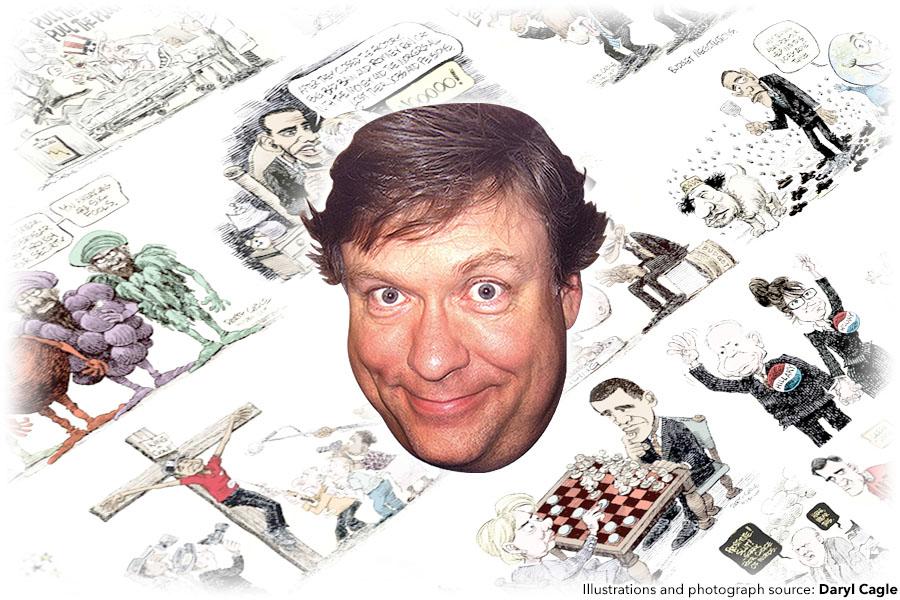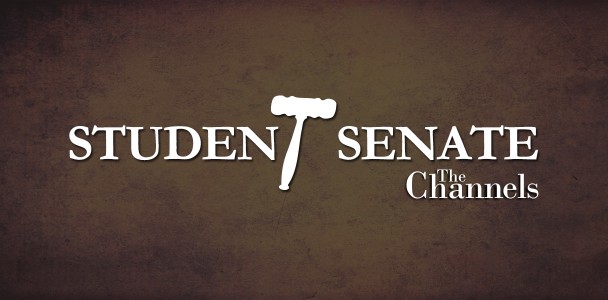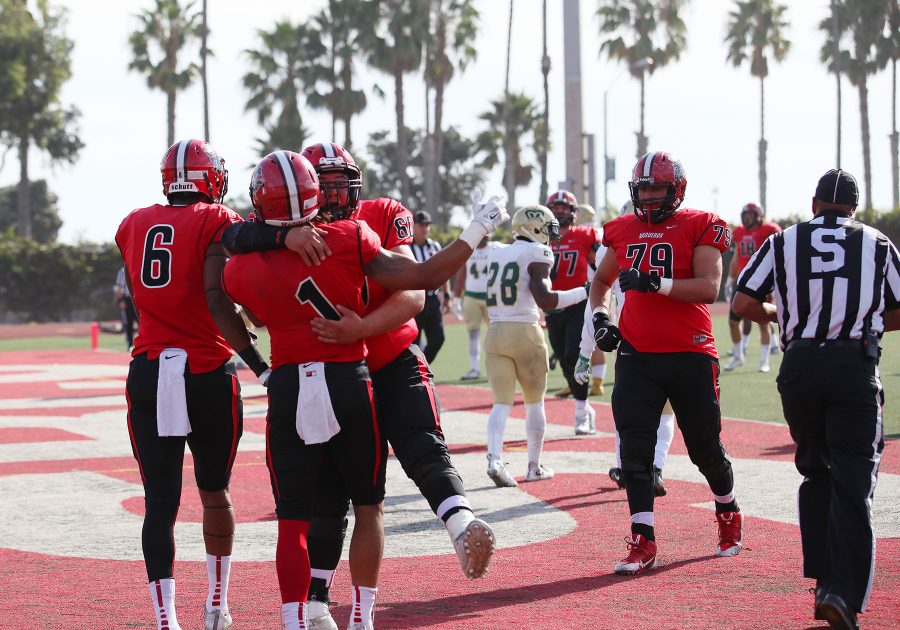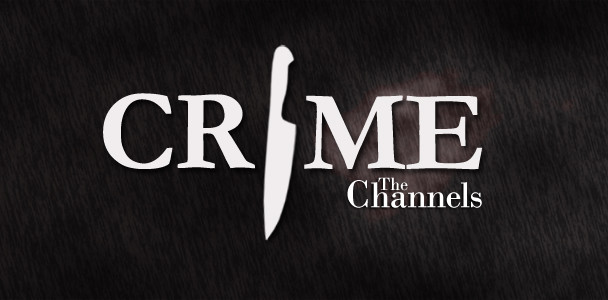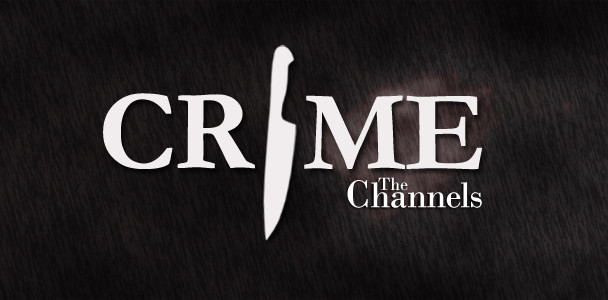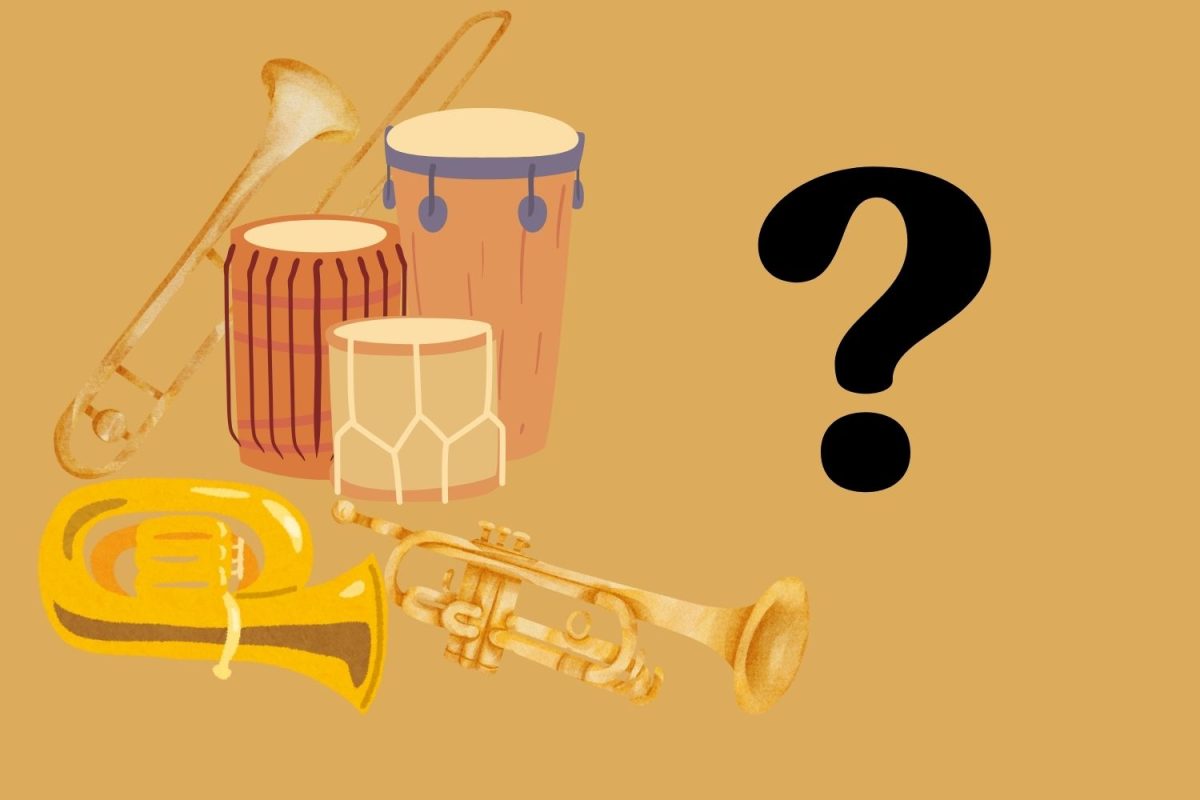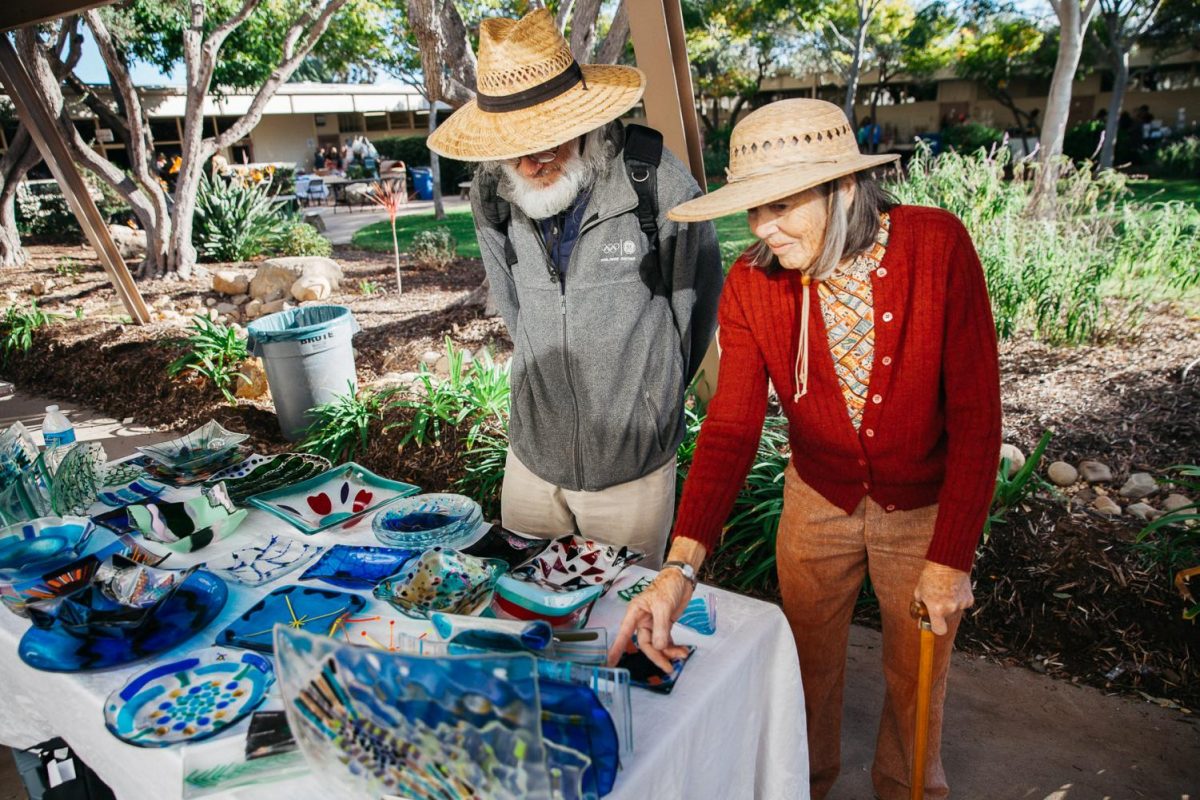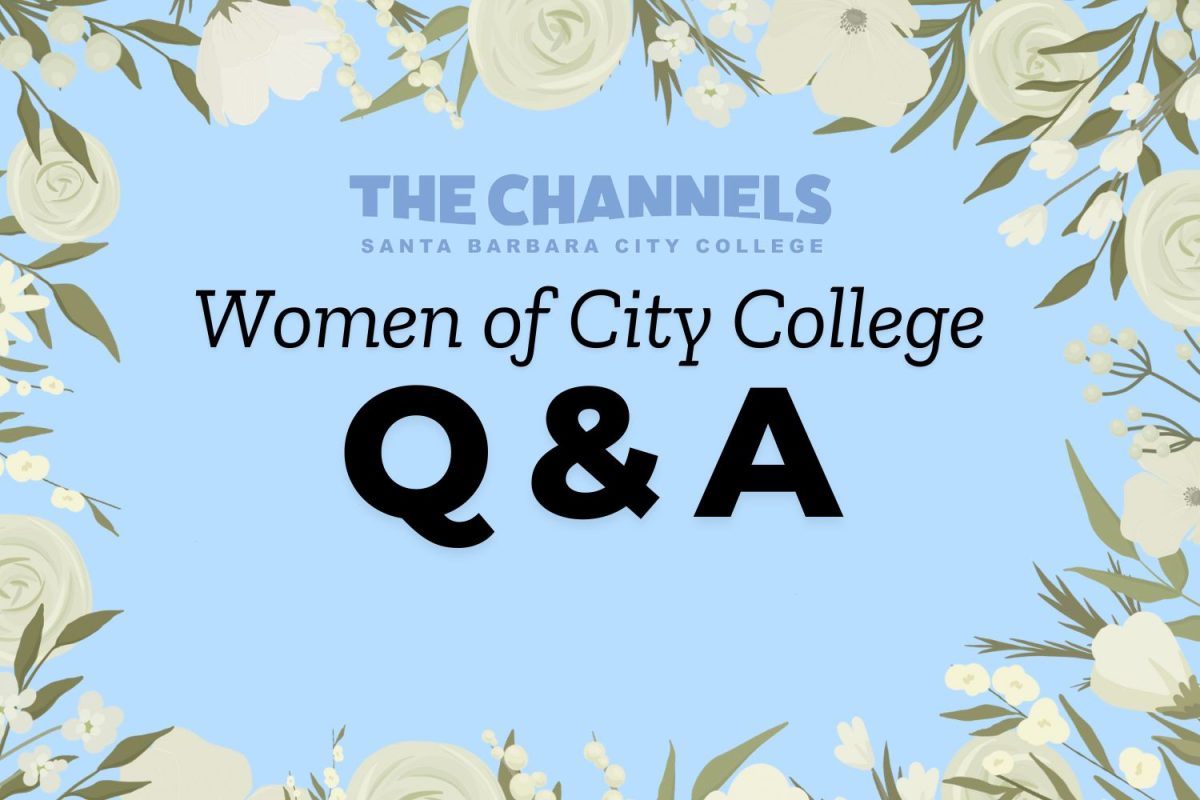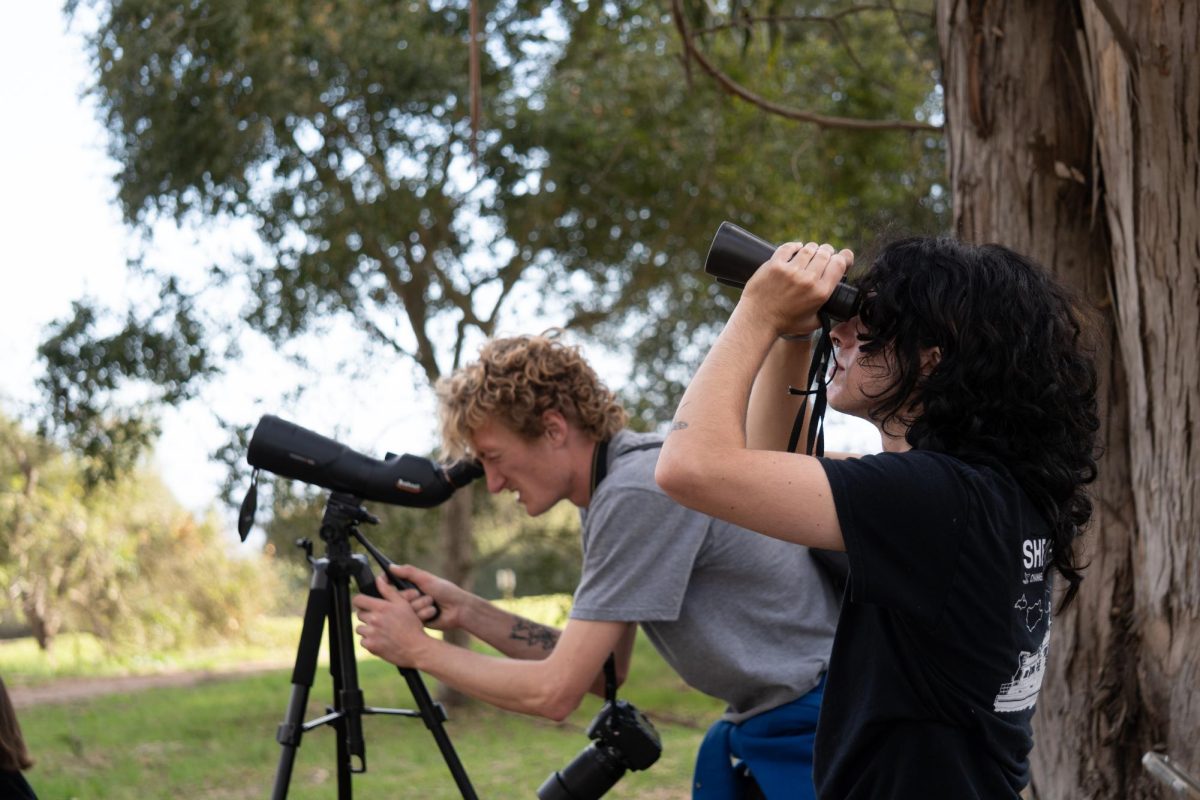City College is excited to host its very own alumnus and editorial cartoonist to speak at 4 p.m. Dec. 5 in the Fé Bland forum.
Originally a cartoon illustrator, Daryl Cagle would work on Jim Henson’s Muppets from 1979 to 1993.
Following his work with the Muppets, Cagle became a daily editorial cartoonist for Gannett’s Honolulu Advertiser newspaper, which at the time was close to ceasing publication. From there he would make another move and start illustrating for MSNBC and Microsoft’s Slate.com.
“I came to editorial cartooning late,” said Cagle. “After newspapers started their decline with the growth of the internet. The changes in the profession made my career possible.”
Cagle now runs a business that syndicates his work, as well as the work of around fifty other cartoonists and a dozen columnists to more than 850 subscribing newspapers.
“I started my syndicate in 2000, when the other syndicates were still delivering cartoons by postal snail mail,” said Cagle.
“We had a window of opportunity before the other big players caught up,” said Cagle.
The competition would catch up, but not before Cagle’s business had almost half of America’s newspapers as subscribers.
“For most editorial cartoonists the decline of print and the rise of the Web has been terrible— for me it made my career possible.”
“I must thank George W. Bush for “No Child Left Behind,” Cagle said. “Because now editorial cartoons are part of state mandated testing in Social Studies, in eighth and eleventh grade, in all fifty states.”
“The number one email I get is, ‘“Dear Mr. Cagle, please explain the cartoon to me, my paper is due tomorrow’ I hate it and I love it, but it helps to keep editorial cartoons relevant.”
High schools Social Studies classes are not the only courses that can be affected by the illustrations. College courses can always use these political cartoons to make students really go beyond the thoughts that written words might provoke.
“Colleges require students learn to express themselves in words, but they make much less efforts to give students a visual vocabulary,” said Cagle. “I would argue that it is more effective, and just as important, to communicate in images as opposed to words.”
This specific style of art is crucial for publications according to Cagle.


